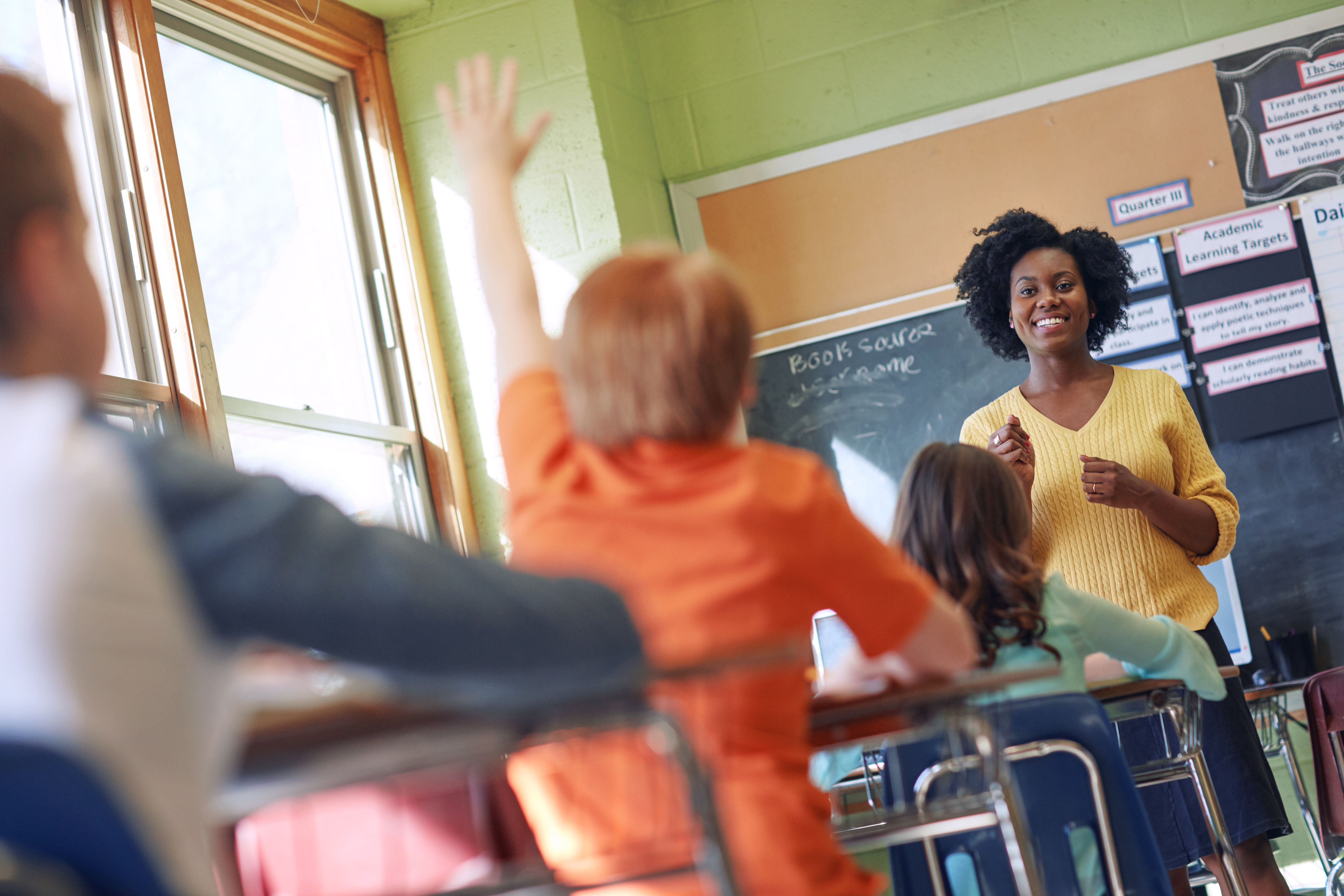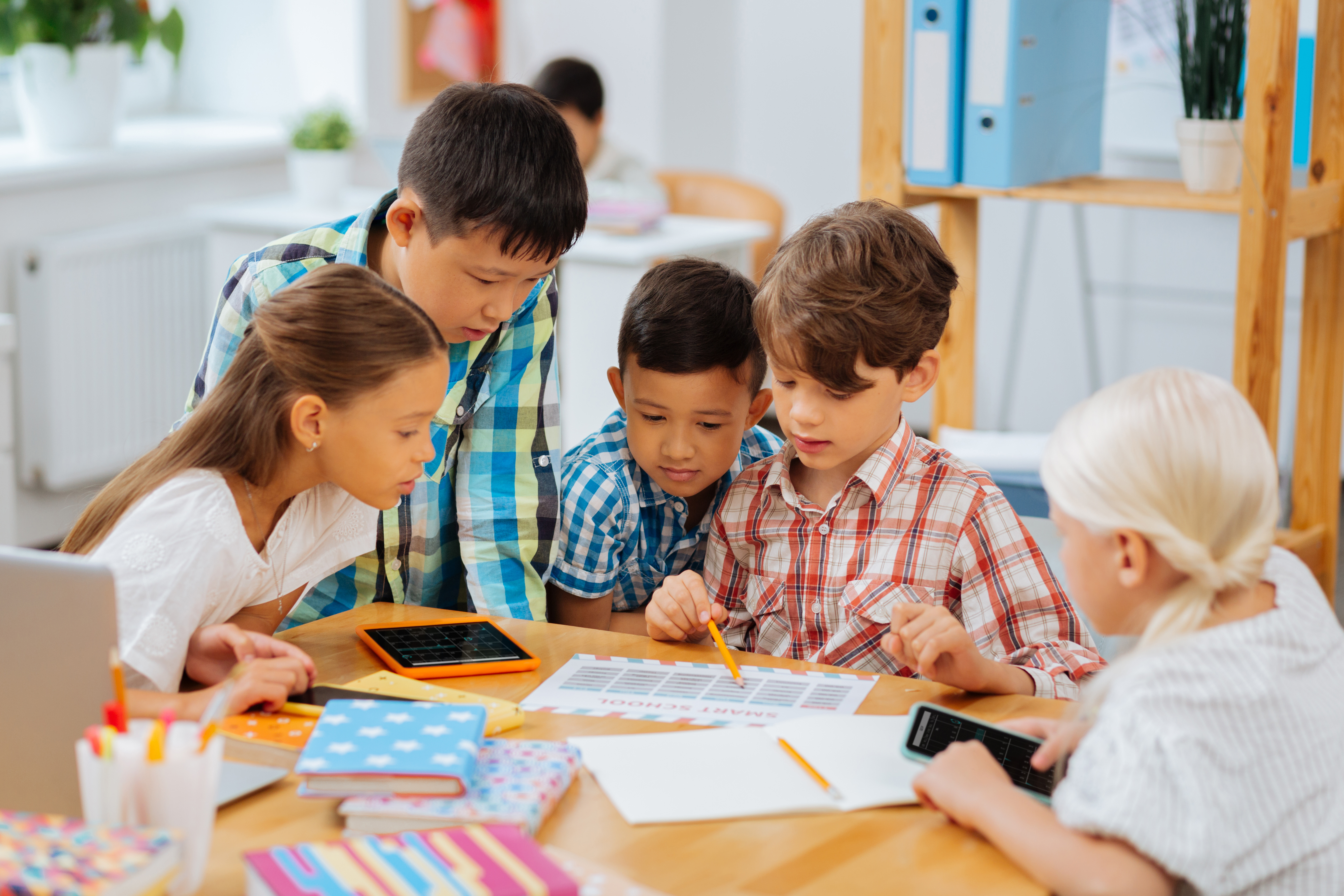Ed Tech Blog

In today’s digital learning environment, technology plays a crucial role in shaping the classroom experience. Selecting the right educational technology (EdTech) tools can significantly enhance student engagement, streamline administrative tasks, and create a cohesive learning ecosystem. At a CDW-led webinar, K–12 experts shared their insights on how various technologies can work together to optimize the classroom experience for both teachers and students.
The Need for a Unified Classroom Ecosystem
A fragmented approach to classroom technology can lead to inefficiencies, frustration, and lost learning opportunities. Many schools and educators struggle with managing multiple platforms that do not seamlessly integrate with one another, creating unnecessary complexity. When systems are not unified, students may face difficulties accessing materials, teachers may struggle with inconsistent workflows, and administrators may lack centralized data insights. A well-integrated system ensures that students, teachers, and administrators have seamless access to the resources they need, allowing for a more effective and engaging learning environment.
A unified EdTech ecosystem promotes collaboration, simplifies workflows, and enhances the overall educational experience. When learning tools complement one another, teachers can save time on administrative tasks, spend more time on direct instruction, and provide personalized learning experiences for students. By selecting tools that work well together, schools can reduce technology fatigue and maximize the benefits of digital learning solutions.
Key Considerations When Selecting EdTech Tools
Interoperability and Integration
When choosing EdTech tools, it is essential to ensure that they work well together. Many schools already use Learning Management Systems (LMS) such as Google Classroom, Microsoft Teams, or Canvas, and adding tools that integrate with these platforms can significantly improve efficiency. A lack of integration often leads to teachers juggling multiple logins, students facing confusion, and administrators struggling to collect and analyze data. Platforms that integrate with existing systems allow for smoother transitions between tools and...

In recent years, cyberattacks targeting schools have surged, leaving institutions scrambling to restore services, protect sensitive data, and strengthen their digital defenses. Schools store a wealth of personal and financial data, making them attractive targets for cybercriminals. However, some school districts have successfully navigated these challenges and emerged with more robust cybersecurity frameworks. Here, we explore key lessons from their experiences to help fortify your school networks after a cyberattack.
Immediate Response and Recovery
The first few hours following a cyberattack are crucial in determining the extent of the damage and the speed of recovery. Schools that have successfully mitigated cyber threats emphasize the importance of a well-coordinated incident response plan. One of the first steps is to contain the attack by disconnecting affected systems from the network to prevent further spread. Cybercriminals often exploit weak points in network security to move laterally across an organization’s infrastructure, so swift isolation is essential. Network segmentation, where different parts of the system operate independently, is an effective strategy that ensures a breach in one area does not compromise the entire system.
Engaging cybersecurity experts early in the process can significantly accelerate recovery efforts. Whether through in-house specialists, managed security service providers (MSSPs),
Read more: Cyber-Attack Aftermath: How Schools Can Rebuild and Strengthen Their Networks

In today’s diverse classrooms, students have unique learning styles, abilities, and interests. Traditional one-size-fits-all instruction no longer meets the needs of every learner. Instead, teachers can leverage educational technology (EdTech) tools to differentiate learning, giving students more control over their education and fostering greater engagement. By integrating EdTech into their instructional practices, educators can ensure that students receive personalized learning experiences that cater to their individual strengths and areas for growth.
The Importance of Differentiated Learning
Differentiated learning is an approach that tailors instruction to accommodate individual student needs. It ensures that all students—whether they need extra support, advanced challenges, or varied learning styles—receive instruction that best suits them. Differentiation helps address the diverse range of abilities found in a single classroom, allowing students to progress at their own pace while maintaining engagement and motivation.
One of the biggest challenges teachers face is meeting the needs of all students without overextending themselves. Traditional methods of differentiation can be time-consuming, requiring educators to create multiple versions of lesson plans and assessments. However, with the rise of EdTech tools, differentiation has become more manageable. These digital resources provide teachers with innovative ways to customize instruction, assess student progress, and deliver engaging content.
Read more: Empowering Student Learning: How EdTech Tools Enable Differentiation and Choice

'Would You Rather' questions are often seen as lighthearted brain breaks, a fun way to engage students between lessons. However, with the right approach, these simple prompts can be powerful tools for developing higher-order thinking skills. By integrating 'Would You Rather' questions into various stages of instruction, educators can foster deeper analysis, critical thinking, and creative problem-solving in their students.
The Power of 'Would You Rather' in Learning
At their core, 'Would You Rather' questions require students to evaluate two options and justify their choice. This process aligns with Bloom’s Taxonomy, particularly in the areas of analysis, evaluation, and creation. When structured thoughtfully, these questions encourage students to compare and contrast different concepts, justify their reasoning with evidence, apply knowledge to real-world situations, and think critically about complex issues. The open-ended nature of these questions allows for a wide range of responses, which can deepen classroom discussions and encourage students to consider perspectives they may not have initially thought about.
In addition to supporting cognitive development, 'Would You Rather' questions can be adapted to different learning styles. Visual learners can benefit from diagrams or charts that help illustrate the choices, while auditory learners may thrive in group discussions where ideas...

A school’s culture is shaped not only by its policies and academic achievements but also by the everyday interactions among students, staff, families, and visitors. While large-scale initiatives are essential in shaping a positive environment, it is often the small, seemingly insignificant interactions that have the most profound and lasting effects. A simple greeting, a warm smile, an act of kindness—these subtle gestures build the foundation of a thriving and inclusive school culture. A positive school atmosphere encourages students to feel safe, teachers to feel valued, and parents to feel welcomed, ultimately fostering an environment where learning and personal growth can flourish.
Setting the Tone with Greetings and Acknowledgment
Every interaction within a school, no matter how minor, contributes to its overall climate. Something as simple as a friendly “Good morning!” from a teacher or a staff member greeting students by name as they enter the building can set the tone for the day. These small gestures make individuals feel seen and acknowledged, reinforcing their sense of belonging. When a student receives a warm smile from a teacher or a nod of encouragement from a classmate, it cultivates confidence and motivation. Similarly, when teachers feel appreciated through genuine expressions of...
Read more: Cultivating a Thriving School Culture: The Profound Impact of Small Interactions

In classrooms worldwide, multilingual students face the unique challenge of acquiring academic content while simultaneously developing their English language skills. This dual learning process requires specialized instructional strategies that ensure students not only grasp essential subject matter but also build their language proficiency in meaningful and lasting ways. Effective approaches help bridge the language gap, making content accessible while fostering communication skills. Below, we explore various strategies that educators can implement to help multilingual students succeed in both areas.
Integrating Language and Content Learning
One of the most effective ways to support multilingual students is by integrating language instruction directly into academic content. Rather than teaching English in isolation, educators can incorporate it into subjects such as science, math, and social studies. This approach, known as content-based instruction (CBI), allows students to learn the language naturally as they engage with academic material. Teachers can make content comprehensible by providing context clues, such as visual aids, real-world examples, and hands-on activities. Additionally, simplifying language without oversimplifying the concepts ensures that students grasp both the content and the necessary vocabulary. For instance, a science lesson on ecosystems can include labeled diagrams, videos, and structured discussions that reinforce key terms and ideas while...
Read more: Empowering Multilingual Students: Strategies for Learning Content and English Together
